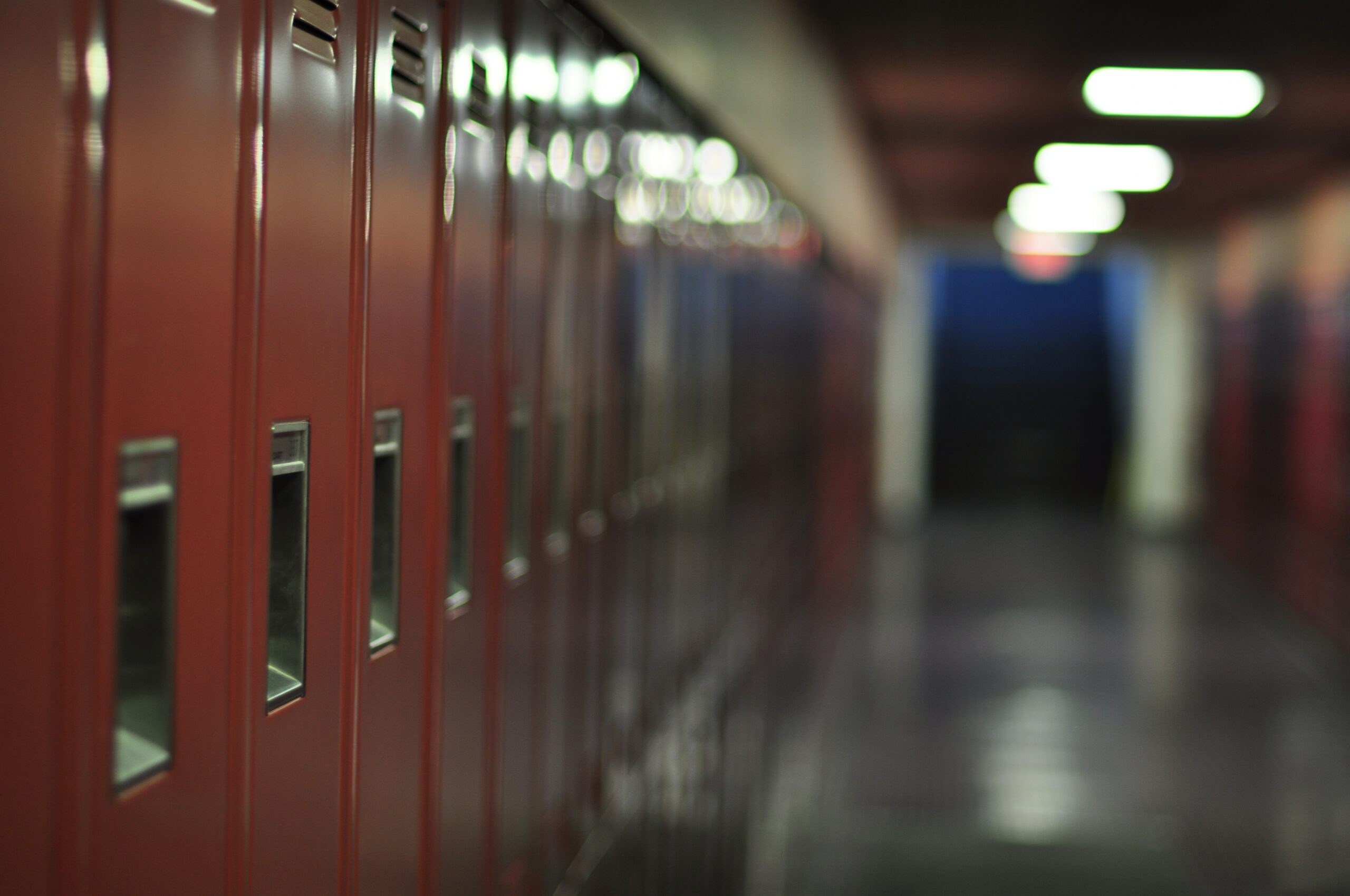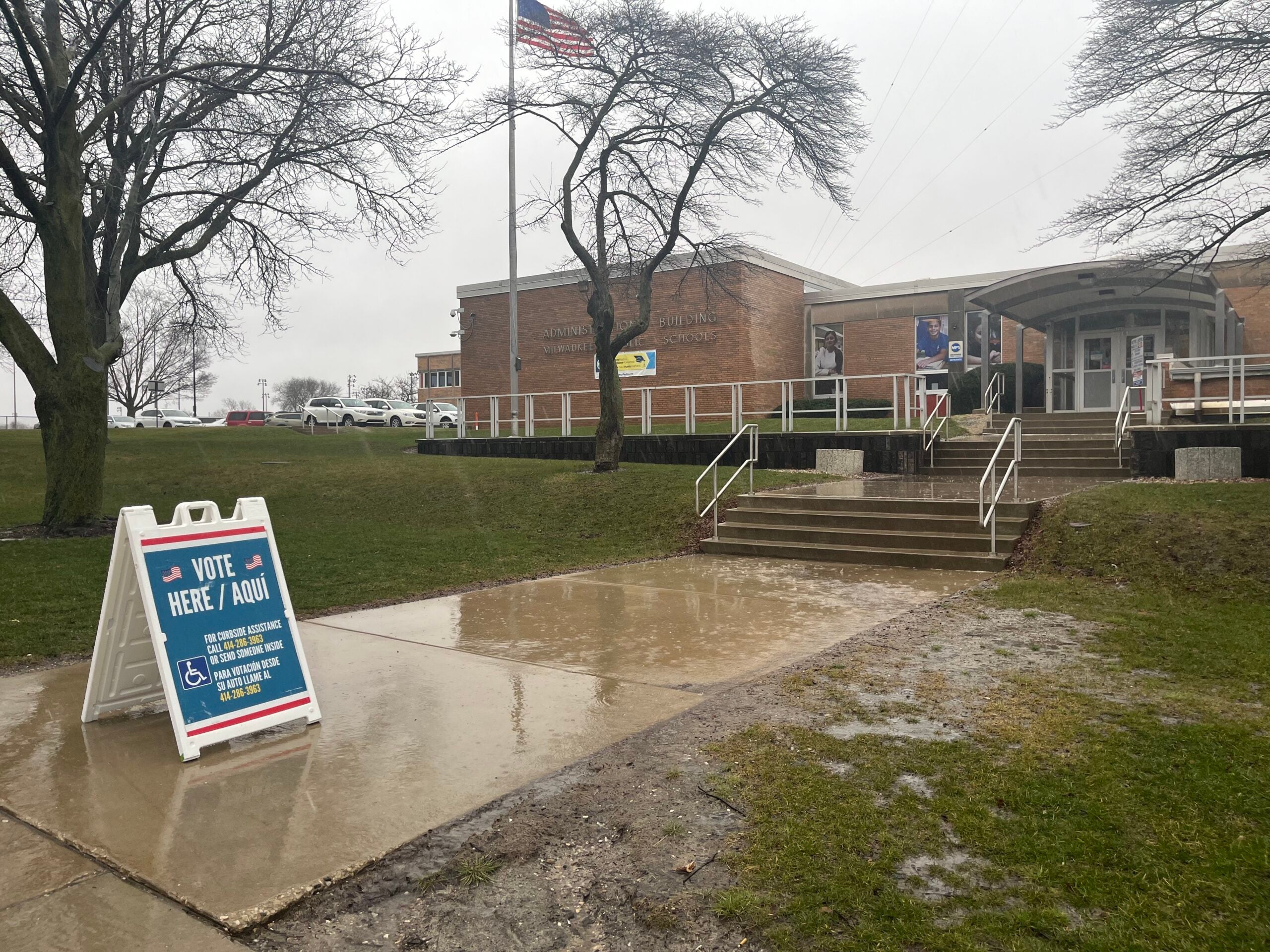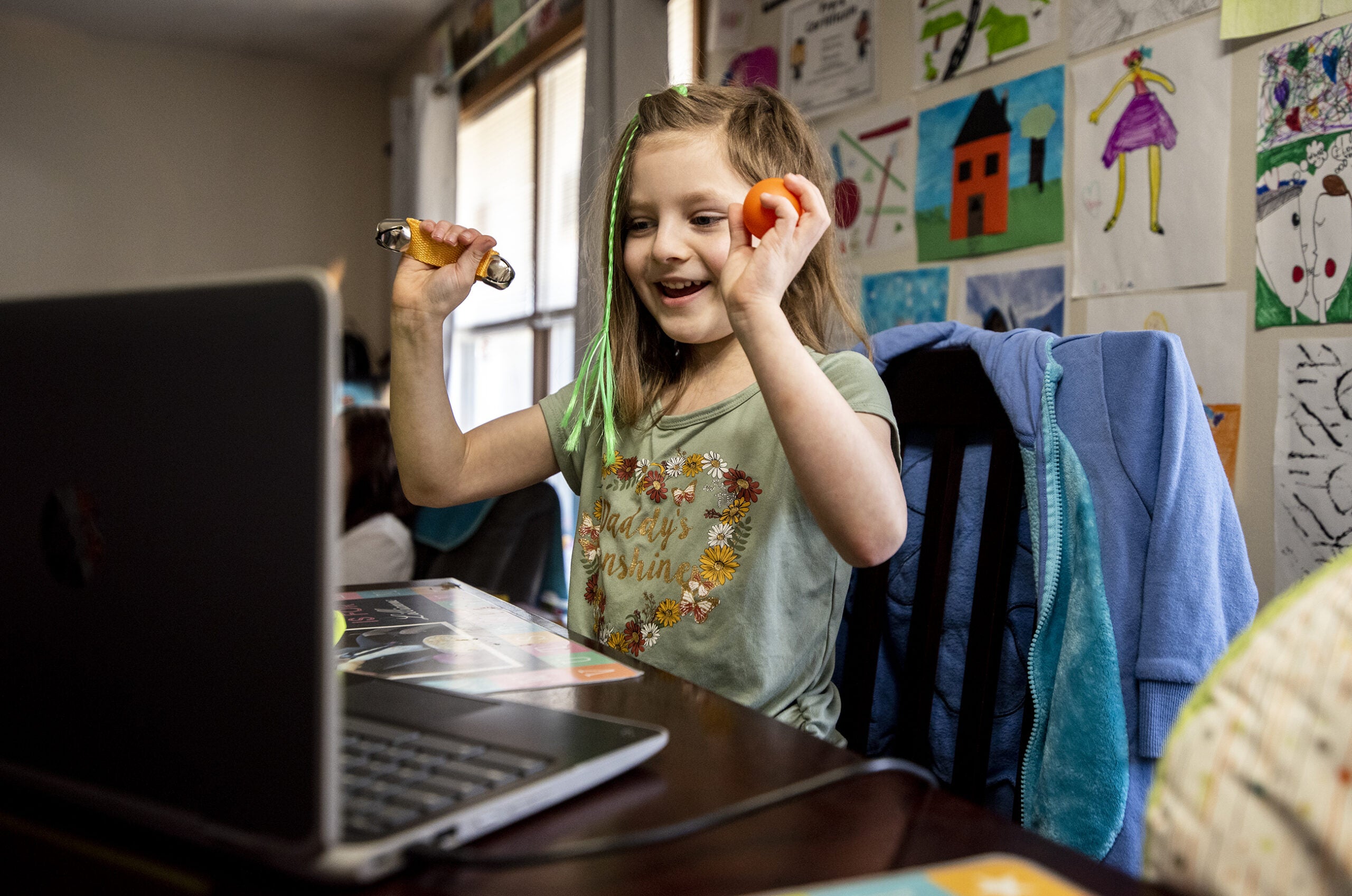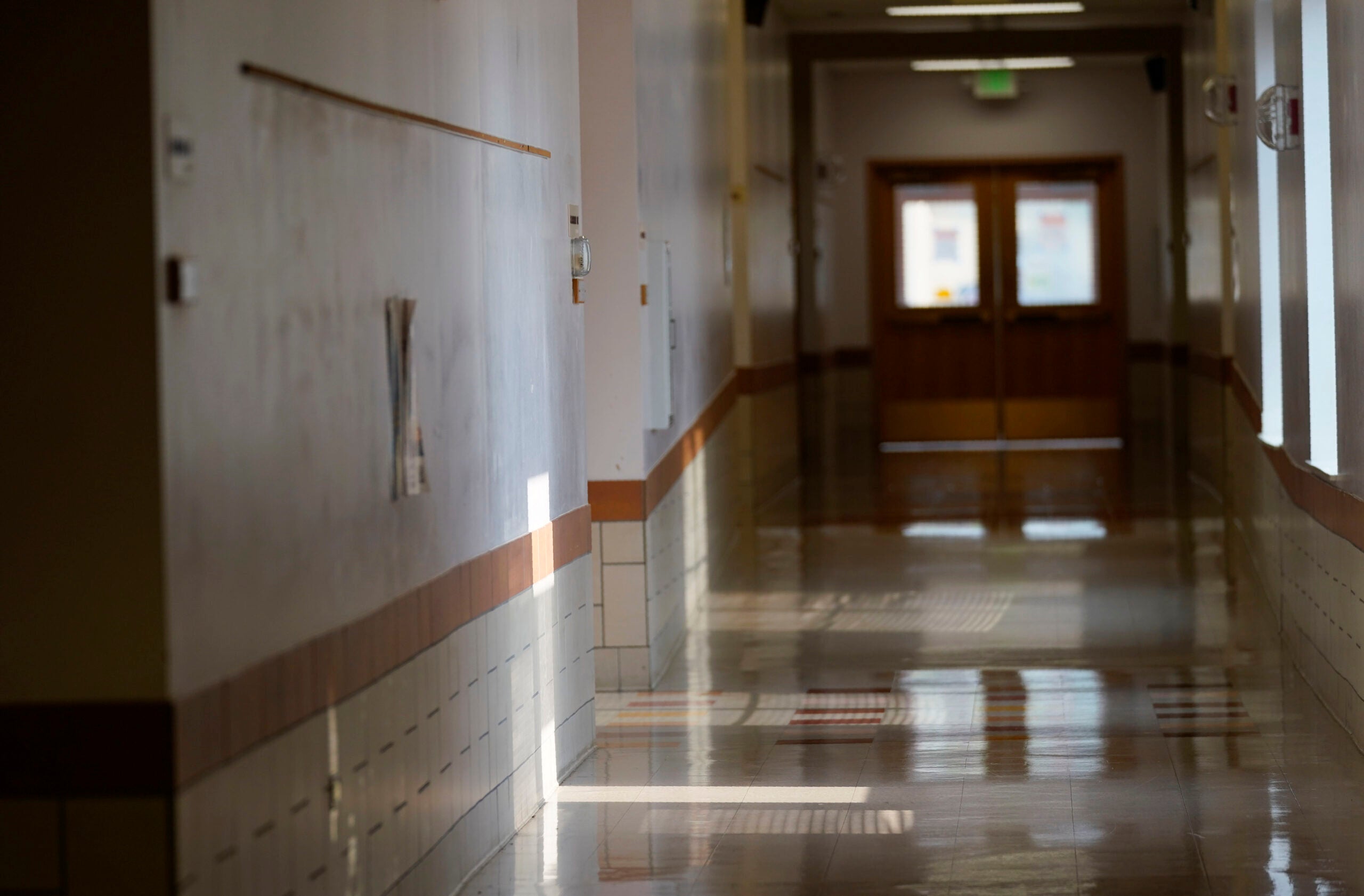There were more than 5,300 instances of seclusion and more than 6,300 cases of physical restraint last year in Wisconsin schools, according to new data from the Wisconsin Department of Public Instruction.
Among those cases, 1,868 children were secluded and 2,763 were physically restrained, although the numbers don’t indicate whether these events occurred simultaneously.
Drilling down further, data shows the majority of these children were in elementary school. Eighty percent of students secluded or restrained have individualized education programs, or IEPs — meaning they are special education students. Overall, students with IEPs make up about 14 percent of Wisconsin’s school-age children.
Stay informed on the latest news
Sign up for WPR’s email newsletter.
While seclusion and restraint cases are down about 8 percent from the 2021-22 school year, state Superintendent Jill Underly said every effort needs to be made to prevent any case.
“We must remember each of these reported incidents represents a traumatic lived experience — both for a student and for school staff,” Underly said in a written statement. “As progress continues toward our goal of limiting these tactics, our schools need additional support to train and educate staff around trauma-informed practices to help address the unique behavioral needs of students.”
Seclusion is when a student is put in a room or area where they are physically not able to leave.
Restraint occurs when a student is restrained by another person. This reduces the ability of a student to freely move their body or head. This also includes putting a child in a chair so the child cannot get free.
Wisconsin law limits when restraint and seclusion can be used
In 2019, Wisconsin updated its law restricting the use of physical restraint and seclusion in schools to “circumstances where a student’s behavior presents a clear, present, and imminent risk to the physical safety of the student or others.”
Schools have been required to report data about the practices to DPI since the law was updated.
During a 2019 hearing on those updates, Marcia Dewey, a mother from New Berlin, testified that her 7-year-old son had been restrained after teachers said he was running through the halls.
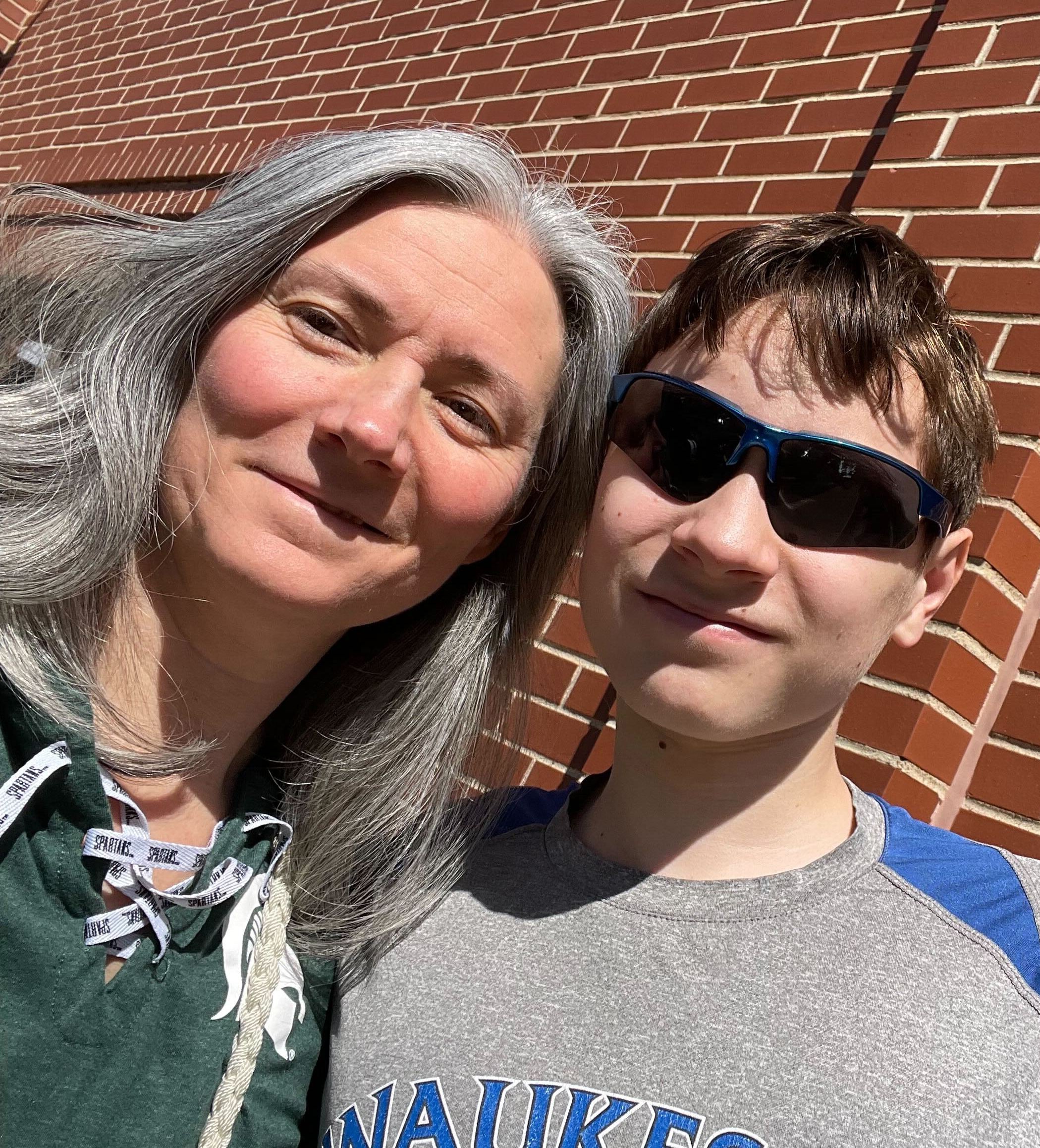
Dewey’s son has autism and ADHD, and she assumed he’d be restrained by having hands put on his shoulder or his arm grasped. After seeing red marks on her son’s back, Dewey learned her son’s arms were “tied as if in a straightjacket by two adults, each pulling his arms in opposite directions.”
“They then lifted him off the ground and carried him this way through the classroom and hallways to another room,” Dewey testified. “It’s very heart breaking as a parent to find out about what the use of restraint means after it has been used on your own child.”
The boy, now 15, is thriving, Dewey said. But she also knows, many children aren’t.
“This is grossly underreported. The only reason I knew was because my son is quite good at language skills,” Dewey said. “But I think about the kids who share a diagnosis with my son and don’t have language skills.”
“When you’re a 7 year old who is neurodiverse and you’ve had an experience of unsafety in a certain environment when the world is already kind of overwhelming, this is just going to snowball,” Dewey continued.
The goal is zero restraints
Tim Peerenboom, a school psychology consultant with DPI, said the goal is to have zero restraints and seclusions in Wisconsin schools.
Peerenboom noted that the majority of schools are at zero, but others have more work to do.
WPR analyzed the data and found a few examples of schools with dozens of instances of seclusion and restraint. But because the data lumps all instances together, it’s unknown how many students were involved or the circumstances that led to it.
One school in Sauk County has just over 200 students but 60 instances of seclusion and 34 restraint instances.
Peerenboom said DPI reaches out to all schools with seclusions and restraints and asks them to perform a root cause analysis and create an improvement plan.
He said with districts like the one in Sauk County, there would be ongoing monitoring.
“Typically in schools, the pattern we see is usually just a handful of students who are being secluded and restrained and they’re being secluded and restrained a handful of times,” Peerenboom said.
A year-long investigation in 2022 by Hearst Newspapers, analyzing state and federal data, found these practices are disproportionately used on students with disabilities, Black students and boys.
Some younger students and students with intellectual and physical disabilities may be particularly vulnerable because they cannot easily communicate to their guardians what happens at school, according to the Hearst investigation.
There are no federal laws dictating how teachers or principals can use restraint or seclusion on children, despite federal law banning these practices in hospitals, psychiatric facilities and nursing homes.
Peerenboom said seclusion and restraint is only supposed to be used when there’s an imminent physical risk to the student, other students or staff. He noted it’s traumatizing and scary for children.
“No one goes into education thinking that ,’Boy, what I really want to do is sort of physically control these small children.’ So that can lead to things like teacher burnout. And we already have a shortage of educators in our state,” Peerenboom said.
Tami Jackson is the public policy analyst with the Wisconsin Board for People with Developmental Disabilities. She said children witnessing seclusion and restraint sends a powerful message that it’s an OK way to treat children with disabilities. Or that the same thing could happen to them.
She said the practice leaves long-lasting trauma.
“There are certainly many people who I know who are still experiencing this in schools, or who even years later are dealing with the remnants of the incidents that have happened in schools,” Jackson said.
Wisconsin Public Radio, © Copyright 2024, Board of Regents of the University of Wisconsin System and Wisconsin Educational Communications Board.

